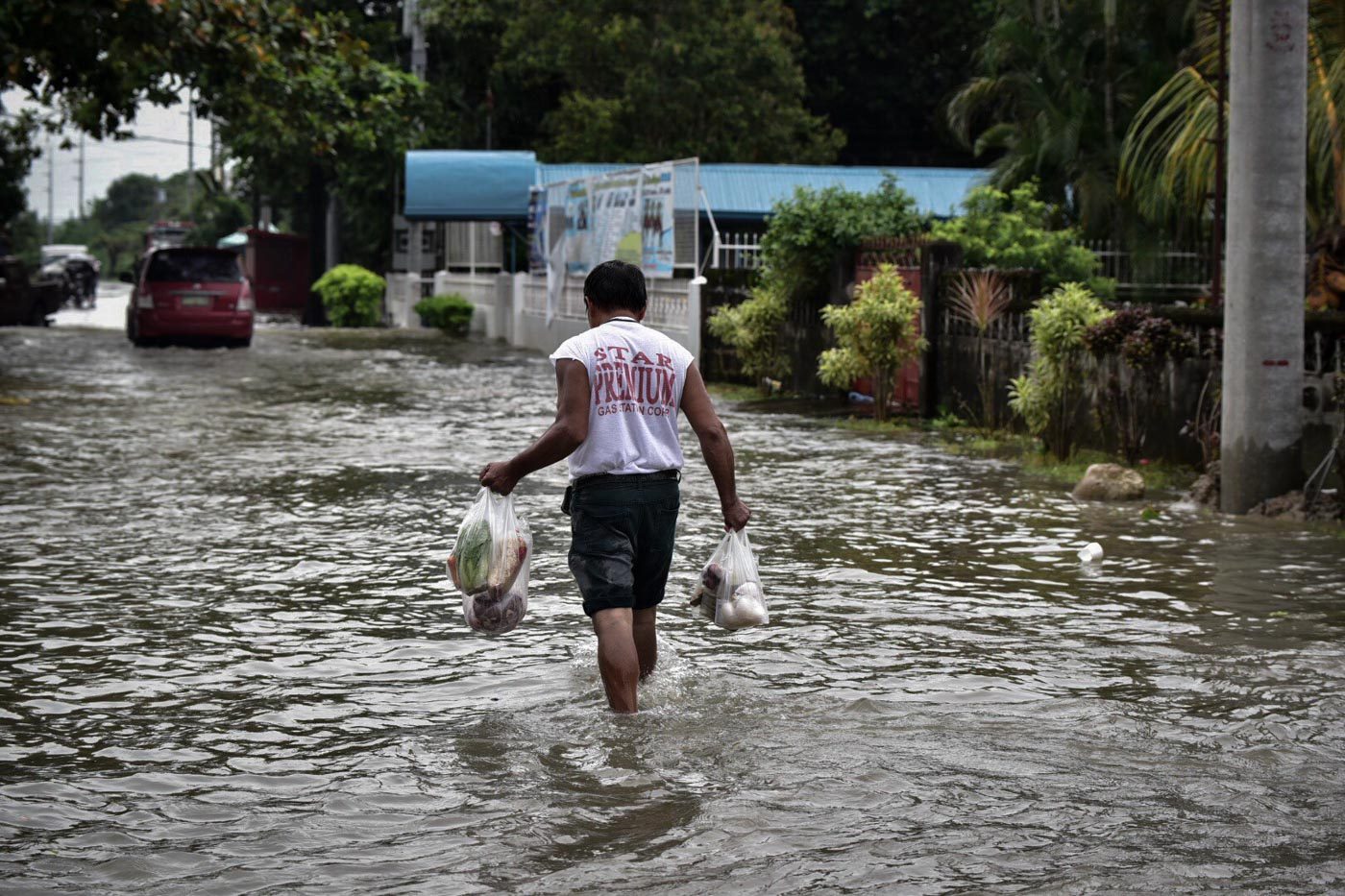SUMMARY
This is AI generated summarization, which may have errors. For context, always refer to the full article.

MANILA, Philippines – The National Disaster Risk Reduction and Management Council (NDRRMC) has submitted their proposal to President Rodrigo Duterte for the declaration of a state of calamity in all 4 regions of northern Luzon that were hammered by Typhoon Ompong (Mankhut).
National Economic and Development Authority (NEDA) Undersecretary Adoracion Navarro said in a press briefing on Friday, September 21, that the council recommended the status for the Ilocos Region, Cagayan Valley, Central Luzon, and Cordillera Administrative Region (CAR).
What the recommendation means – Should Duterte declare the state of calamity in the said regions, the following would take in effect:
- Imposition of price ceiling on basic necessities and prime commodities
- Monitoring, prevention, and control of overpricing/profiteering and hoarding of prime commodities, medicines and petroleum products
- Programming or reprogramming of funds for the repair and safety upgrading of public infrastructures and facilities
- Granting of no-interest loans by government financing or lending institutions to the most affected section of the population
- Access to international assistance as deemed necessary; and
- Allowing negotiated procurement per Section 53 of RA 9184 (Government Procurement Reform Act)
The Department of Finance (DOF) earlier stated that the agency plans to trigger the $500 million standby loan facilty from the World Bank to support the disaster relief and rehabilitation efforts of the areas devastated by the typhoon.
NEDA Secretary Ernesto Pernia said the economic team is preparing for the process, as they foresee a “bureaucratic lag” before the funds are released.
Conditions – Navarro said that the NDRRMC found at least 2 of the 5 situations in the 4 regions for them to recommend the state of calamity status:
- At least 20% of the population affected are in need of assistance
- 40% or more of the means of livelihood are destroyed
- Major roads are impassable for at least a week
- Destruction of major agricultural products
- Utilities like water, electricity, and telecommunication lines cannot be restored within 1 week.
Government assistance – The NDRRMC assured affected residents immediate action to meet their daily needs. So far, the following have been conducted by various agencies:
- Initial assistance provided amounts to P65.3 million
- 390 evacuation centers set-up for displayed families
- Distribution of food & non-food items, hygiene & sleeping kits
- Restoration of power supply
- Clearing operations
- Surveillance of water, sanitation and hygiene (WASH) and clinical diseases
- Ongoing search and retrieval operations
- Ongoing rapid damage and needs assessment (RDNA)
NDRRMC data showed that Cagayan Valley incurred the biggest damage with a total number of 26,047 totally and partially damaged houses.
Official data estimated the number of affected individuals to be over 1.6 million. – Rappler.com
News you can use during Typhoon Ompong (Mangkhut):
Add a comment
How does this make you feel?
There are no comments yet. Add your comment to start the conversation.